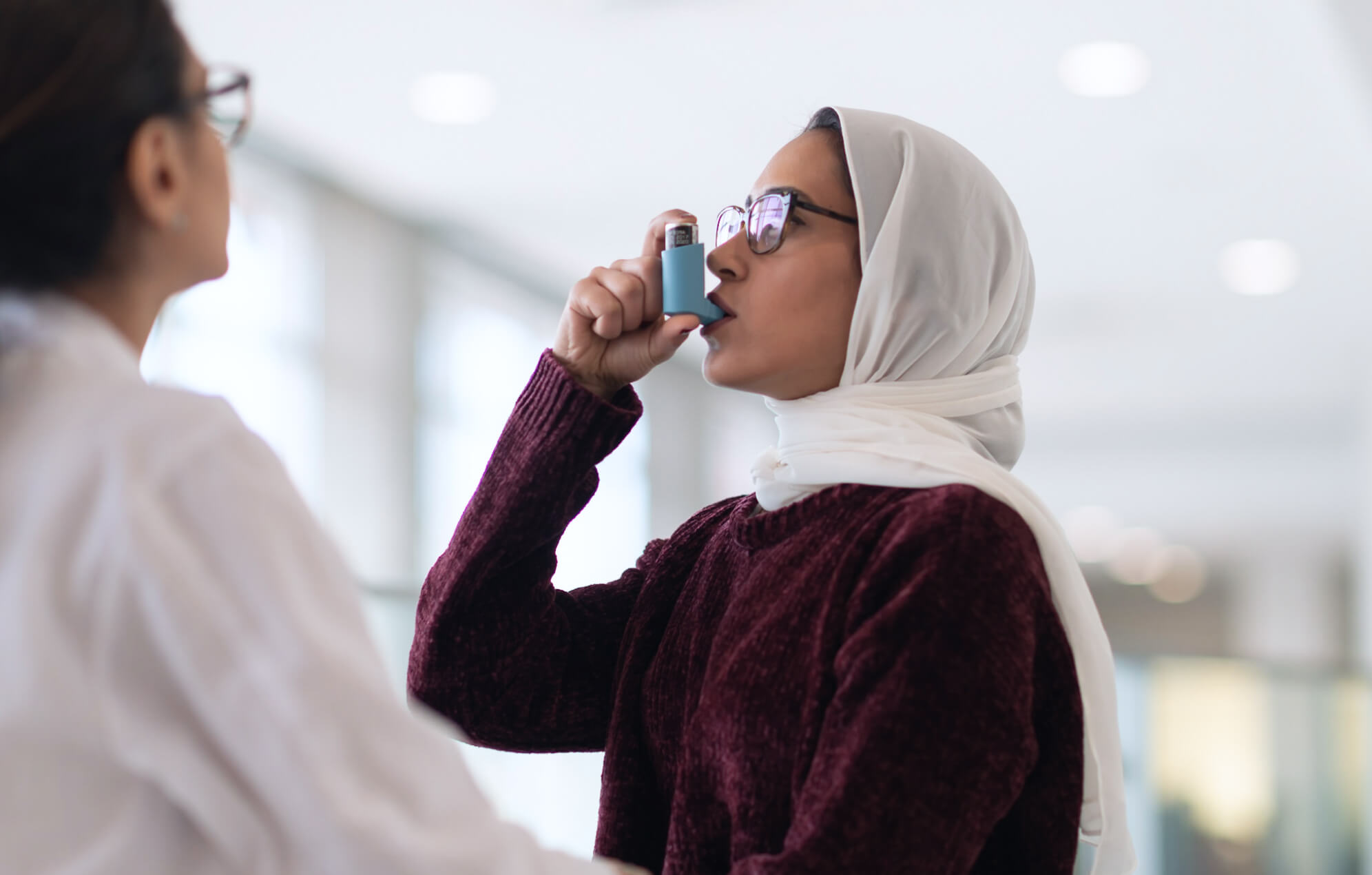The regulatory landscape for evaluating extractable and leachables in pharmaceuticals and medical devices continues to evolve. Extractables are compounds that can be pulled from a container or product when exposed to solvents and/or conditions, which exceed clinical use, such as elevated temperature. Leachables, on the other hand, originate in the plastic used for a container or device and seep into a finished product and/or patient over time. Leachables can affect products under standard conditions and can be commonly traced to monomers, polymer additives, or release agents in the manufacturing process. Both can potentially compromise pharmaceutical and medical device safety, efficacy, and stability.
To protect patient safety, extractables and leachables testing is a key requirement for most regulatory filings, and failure to comply with regulatory expectations can result in product approval delays. Extractables and leachables testing identifies the presence or absence of impurities by investigating undesirable outcomes due to:
- Interaction between a container closure and drug product
- Impact of solvent(s) used during manufacturing processes
- A drug delivery system and drug product interaction
- An implantable medical device interaction with the human body
- Interactions among materials in the same medical device
- Impact of elevated temperatures and extraction solvents
Multiple guidance documents have been published by the Food and Drug Administration (FDA) and the European Medicines Agency (EMA) to support the pharmaceutical industry with the legal requirements of ensuring that impurities in drug substances and drug products, above a certain threshold, are monitored and/or characterized.
The Product Quality Research Institute (PQRI) is a leading industry group whose approaches to extractables and leachables testing have been adopted by regulatory bodies globally. Over the past few years, the United States Pharmacopeia (USP) has developed more extensive extractables and leachables general chapters and related monographs aligned with PQRI and regulatory documents. BioPhorum has also published a best practice guide for performing extractable testing of single-use components in biopharmaceutical manufacturing to make extractable and leachable testing as efficient as possible.
To keep pace with the rapidly changing extractables and leachables testing guidelines, regulatory requirements, and new testing technologies, specialized expertise is required.
Recommended Extractables and Leachables Testing Methods
Recommended Extractables and Leachables Testing Methods
Extractables and leachables testing is typically performed using a combination of liquid chromatography mass-spectroscopy (LCMS), gas chromatography-mass spectroscopy (GMCS), inductively coupled plasma-mass spectroscopy (ICP-MS), and headspace gas chromatography-mass spectroscopy (HGCMS). Together, these techniques cover the full range of volatile, non-volatile, organic, and inorganic extractables and leachables. The results provide a list of chemicals extracted and in what quantity to enable a toxicological review of the product’s safety.
Extractables and leachables testing strategies should be designed on a case-by-case basis, considering the specific pharmaceutical formulation, route of administration, type of packaging or device, patient population, and duration of exposure. A thorough understanding of the material properties and potential interactions with the drug product is essential for determining the appropriate analytical approach.
Extractables and Leachables Testing at Infinity Laboratories
Extractables and Leachables Testing at Infinity Laboratories
Infinity Laboratories provides a one-stop solution for extractables and leachables testing to identify potentially harmful contaminants within pharmaceutical drug products or medical devices. Infinity provides high-quality assays with strict adherence to the standards and guidelines set by compendial organizations, including the FDA, ISO, ICH, and the US, European, and Japanese pharmacopeias when applicable. Infinity’s extractables and leachables testing services meet quality and safety standards established for pharmaceutical, Class II, and Class III medical devices, as well as combination drug products, and include:
- Elemental Impurities
- Standard: USP <232>, USP <233>
- Methods and limits to determine that the presence and concentration of elemental impurities within a product fall within harmonized guidelines
- Impurity Identification
- Standard: USP <476>, USP <1086>
- Tests for impurities and acceptable impurity limits in medical devices or pharmaceutical products
- Material Compatibility
- Standard: product dependent
- Seeks to understand whether or not the different component materials in a medical device, including a drug component, can negatively interact with each other and impact the performance or safety of the overall device.
- Plastic Components & Systems
- Standard: USP <665>, USP <1665>
- Tests to characterize and qualify plastic components for extractables and process equipment-related leachables (PERLs).
- Plastic Packaging Systems & Materials of Construction
- Standard: USP <661>
- Identification, characterization, and physiochemical testing of high-density polyethylene (HDPE), low-density polyethylene (LDPE), polypropylene (PP), polyethylene terephthalate (PET), polyethylene terephthalate G (PETG), and other polymers
- Plastic Materials of Construction and Plastic Packaging Systems for Pharmaceutical Use
- Standard: USP <661.1> and USP <661.2>
- Extending USP <661>, these tests comply with more rigorous standards that demonstrate that a polymer raw material within primary packaging that comes in contact with the pharmaceutical product and any relevant secondary packaging is well-characterized and suitable for its intended use.
- Single-Use Bioprocessing Systems Extractables and Leachables
- USP <665>, USP <1665>, BioPhorum Operations Group (BPOG) Protocol
- BPOG protocol outlines the procedures needed to meet expectations outlined in pharmacopeia extractables and leachables standards. Generated data allows developers to compare product characterization data from multiple single-use system vendors.
- Bioabsorbable Polymers
- Standard: ASTM F1635
- Characterization of the properties and degradation profiles of bioabsorbable medical-grade polymers, components, and devices
- Chemical Characterization
- Standard: ISO 10993
- ISO 10993 chemical characterization studies are conducted on medical devices to provide ISO 10993-compliant biocompatibility data for regulatory filings. Studies are constructed around ISO 10993-12 (sample preparation) and ISO 10993-18 (chemical characterization) standards.
- Impurity Identification
- Standard: USP <1086>, USP <476>
- Impurity identification and characterization are performed according to FDA and ICH guidelines. Available techniques include chromatography, spectroscopy, and microscopy.
- Material Compatibility
- Standard: ISO 10993
- Seeks to understand whether or not the different component materials in a medical device, including a drug component, can negatively interact with each other and impact the performance or safety of the overall device.
- Medical Device Extractables and Leachables
- ISO 10993 Chemical Characterization Testing
- A set of methods to characterize complex chemical interactions in medical device materials (polymers, metals, ceramics, and composites) to properly characterize extractables and leachables.
Conclusion
Conclusion
To keep pace with the rapidly changing extractables and leachables testing regulatory landscape, as well as with new testing technologies, specialized expertise is required. Infinity’s comprehensive extractables and leachables testing services can help ensure compliance with standards set forth by regulatory agencies and compendial organizations across diverse testing requirements.


